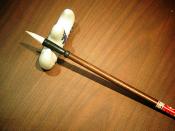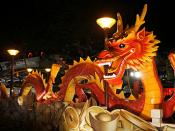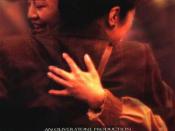The Joy Luck Club Essay The Generation Gap in The Joy Luck Club "Hey, Ben, are you Japanese or Chinese?" I asked. His reply, as it seems to be for a lot of minority groups, was, "Neither, I'm Chinese-American." So, besides his American accent and a hyphenated ending on his answer to the SAT questionnaire about his ethnic background, what's the difference? In Amy Tan's captivating novel, The Joy Luck Club, I found out the answer to that question. Through the relationships and experiences of four Chinese mothers and four Chinese-American daughters, I was able to see a massive difference between their corresponding lifestyles. The generation gap of the women born during the first quarter of the century in China, and their daughters born in the American atmosphere of California, is a quality that doesn't exactly take a scientist to see.
From the beginning of the novel, we hear Suyuan Woo tell the story of "The Joy Luck Club," a group started by some Chinese women during World War II, where "we feasted, we laughed, we played games, lost and won, we told the best stories.
And each week, we could hope to be lucky. That hope was our only joy." (p. 12) Really, this was their only joy. The mothers grew up during perilous times in China. They all were taught "to desire nothing, to swallow other people's misery, to eat [their] own bitterness." (p. 241) Though not many of them grew up terribly poor, they all had a certain respect for their elders, and for life itself. These Chinese mothers were all taught to be honorable, to the point of sacrificing their own lives to keep any family members' promise. Instead of their daughters, who "can promise to come to dinner, but if she...


